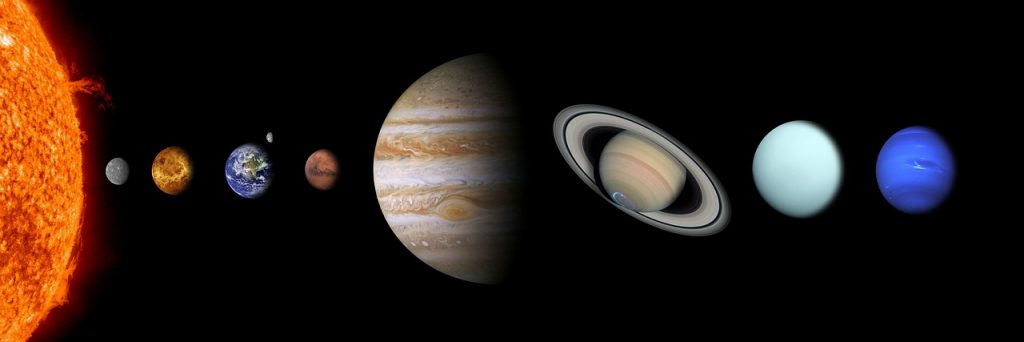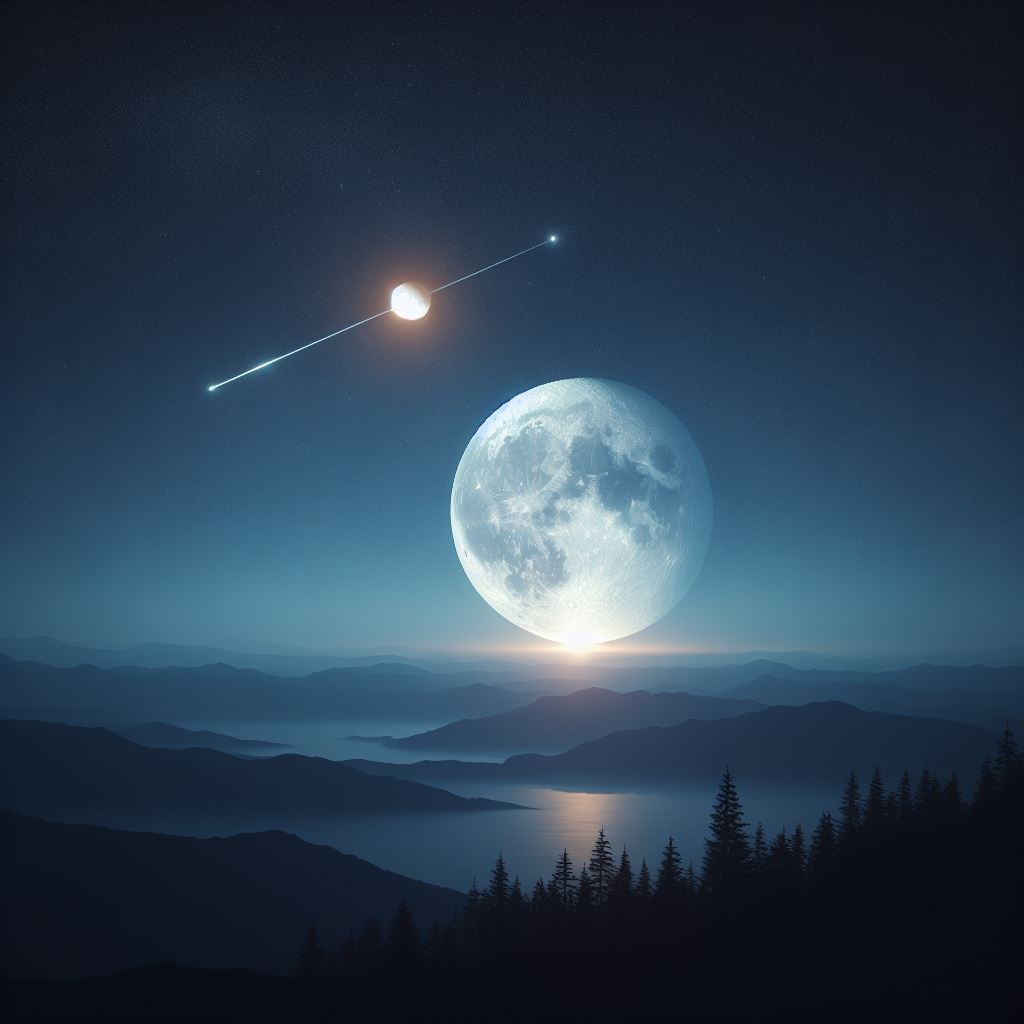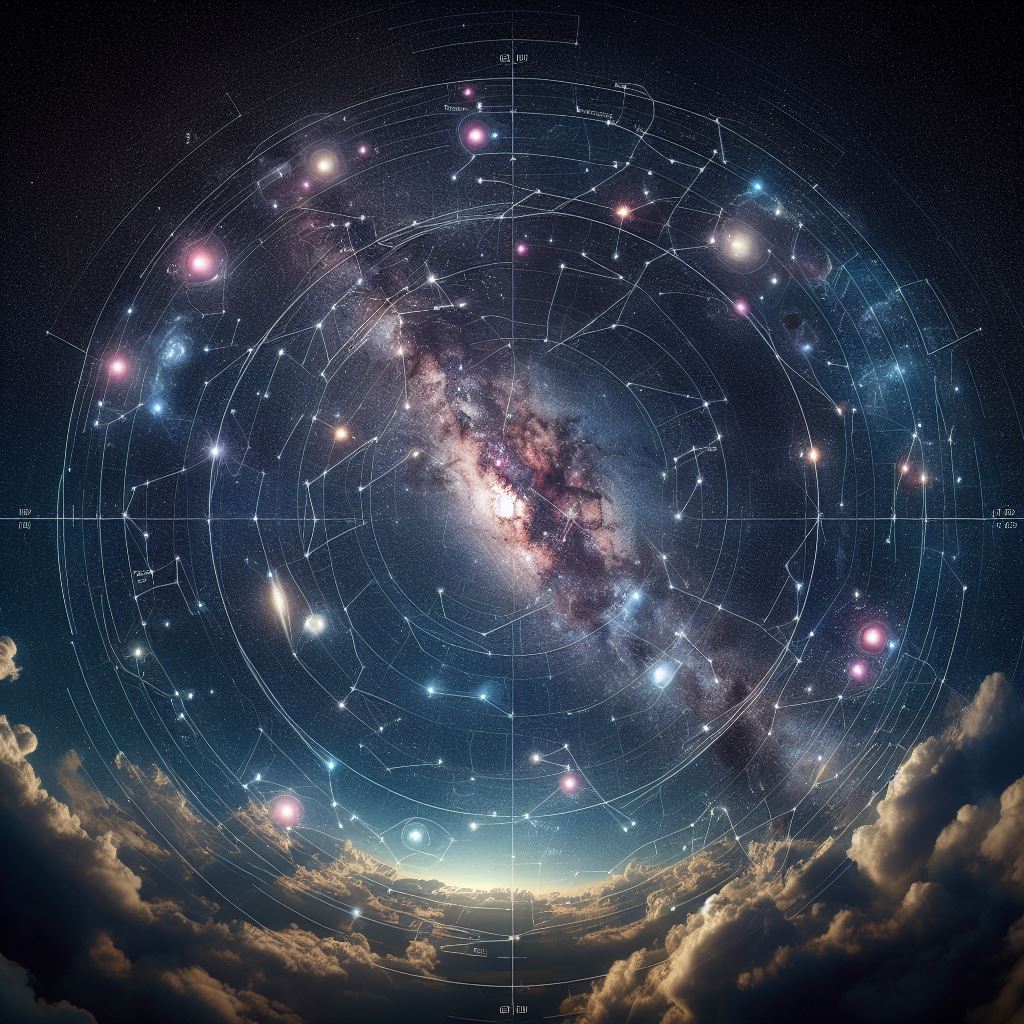Here’s a brief description of each of the eight planets in our solar system:

Mercury
- The closest planet to the Sun.
- Small and rocky.
- Extreme temperatures, with scorching days and freezing nights.
Venus
- Similar in size and composition to Earth.
- Thick atmosphere primarily composed of carbon dioxide.
- Surface temperatures are extremely hot due to the greenhouse effect.
Earth
- Our home planet.
- Supports a diverse range of life.
- Only known celestial body with confirmed life.
Mars
- Known as the “Red Planet” due to its iron oxide-rich surface.
- Has polar ice caps and evidence of past water flows.
- Target for future human exploration.
Jupiter
- Largest planet in the solar system.
- Composed mostly of hydrogen and helium.
- Has a strong magnetic field and numerous moons, including the four largest called the Galilean moons.
Saturn
- Known for its stunning ring system, made up of ice particles and debris.
- Second-largest planet in the solar system.
- Composed mainly of hydrogen and helium.
Uranus
- Tilted on its side, appearing to roll in its orbit.
- Composed mostly of hydrogen and helium, with traces of methane.
- Has a faint ring system and rotates from top to bottom.
Neptune
- Known for its deep blue color.
- Has a dynamic atmosphere with high-speed winds and storms.
- Discovered through mathematical predictions before being observed.
These brief descriptions highlight some key characteristics of each planet in our solar system. Keep in mind that ongoing space exploration continues to provide new insights and discoveries about these celestial bodies.





